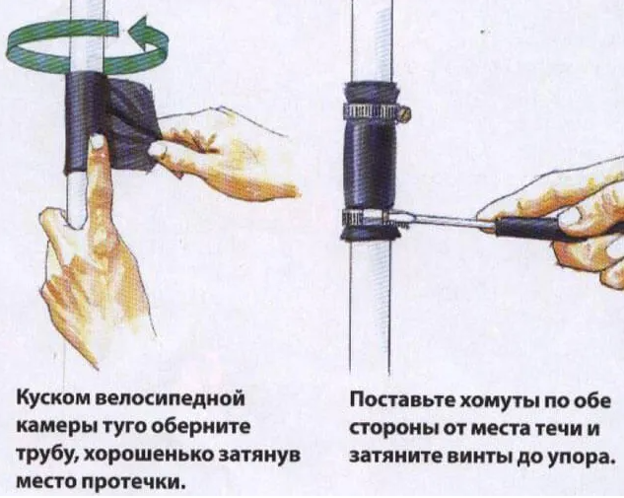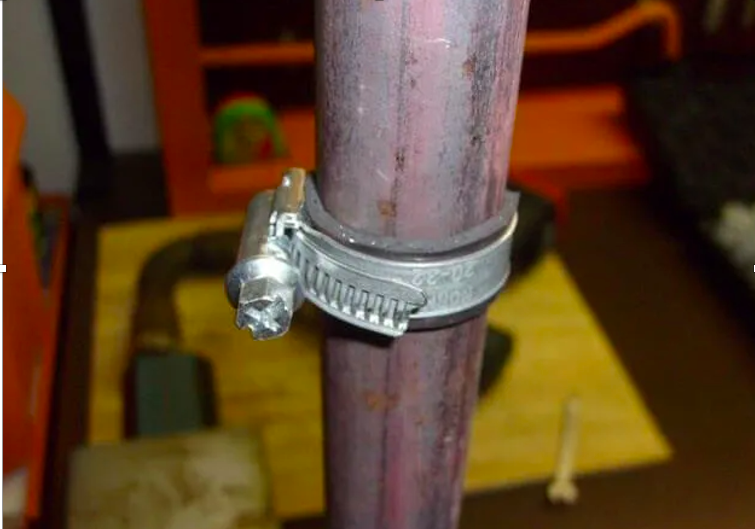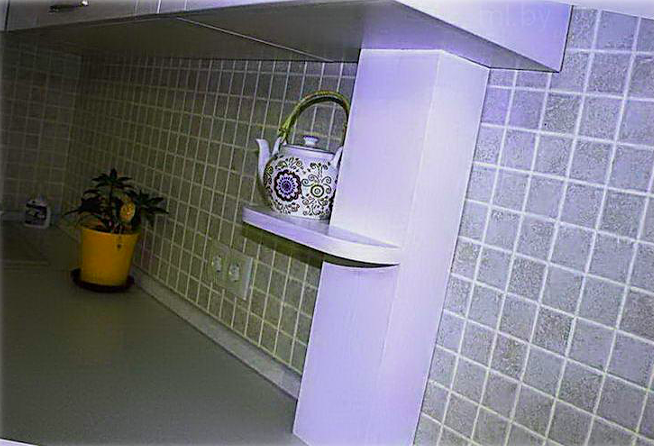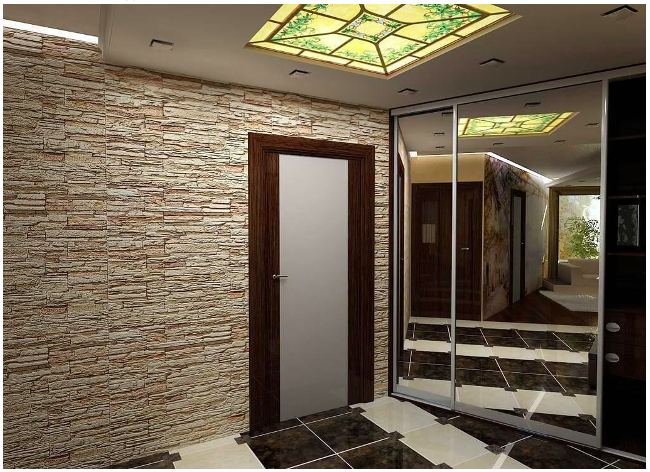There are several proven ways to fix a leak in a pipe. To do this, you need to put thick rubber, a tourniquet or fiberglass, tightly wrapping it with a clamp. At the same time, you need to understand that all the methods described below are only temporary - in any case, you will have to call a team of specialists or perform independent repairs.
The content of the article
- Causes and main places of the breakthrough
-
Basic repair methods
- With bolt
- Temporary bandage
- Adhesive bandage
- With car clamp
Causes and main places of the breakthrough
Repair of a heating pipe without welding is possible, but only if the leak is small, and there is definitely no threat of a breakthrough. At the same time, it is very difficult to determine small defects. In apartment buildings, special equipment automatically equalizes the pressure if it drops slightly due to a leak. In private buildings, pressure gauges are often not used or they are not accurate enough.
Therefore, in order to figure out how to close a hole in a polypropylene pipe, you first need to find the accident site. And this can only be done visually, i.e. carefully examining the entire circuit, especially vulnerable areas:
- threaded connection;
- weld;
- withdrawal;
- less often - a straight section of thread without a weld.
To correctly eliminate a leak in a pipe, you also need to learn how to identify the characteristic features:
- drops, jets of water;
- damp fragments;
- smudges;
- rust marks.
In some cases, it is not possible to immediately figure out how to glue a polypropylene pipe. This is due to the fact that the owners of apartments or houses enclose the risers with boxes, which makes visual assessment impossible. In such cases, it is recommended to mount a pressure gauge in the heating circuit, find out the optimal range of values and periodically monitor the readings.
Basic repair methods
If the joint of polypropylene pipes leaks, here's what to do first - determine the place, substitute a basin or put a rag on the floor so that there is as little water as possible on the floor. Next, you need to choose the appropriate repair method based on the characteristics of the breakdown and the availability of available funds. The main options are.
With bolt
This is a fairly simple way to fix a leak in the connection of polypropylene pipes or metal products. The sequence of actions is as follows:
- Covering the stand.
- Expand the hole with a drill.
- A tap forms a thread.
- A bolt of the appropriate diameter is screwed into this thread.
The described instruction on how to fix a leak in a pipe with water is of limited use. For example, if the system is already old, trying to make a thread will only increase the gap. It is also quite clear that the technology will not work if there is no way to turn off the water. In these cases, other methods should be considered.
Temporary bandage
Repair of the joint of a polypropylene pipe can also be performed using a bandage lining, which tightens the hole tightly. It is allowed to choose any improvised means, for example:
- pharmaceutical tourniquet;
- thick glove;
- fragment of a bicycle tire;
- part of an old boot and others.

The main requirement is that the gasket should be significantly larger in area compared to the hole. To fix the bandage, rigid fasteners, for example, bolts or clamps, should be used. It is important to understand that such a method, how to close a leak in a polypropylene pipe, is temporary - after a few days or weeks (depending on the size of the defect), a major overhaul must be carried out or replacement.
Adhesive bandage
If the joint of a polypropylene pipe is flowing, special BF-2 glue can also be used to eliminate the accident. In this case, they act like this:
- Using a metal brush, the pipe is cleaned from traces of dirt, and also degreased, for example, with gasoline or white spirit.
- They take fiberglass and cut it into ribbons, which should correspond to 6-7 pipe diameters (at least 6 turns must be made). In this case, the width of the cut tapes should be half the cross section of the pipeline (at least a third).
- An adhesive composition is applied along the edges of the resulting tapes, as well as an epoxy adhesive composition (work with a spatula).
- It is wound as tightly as possible on the surface so that the fiberglass sticks to the pipe.
- Perform the desired number of revolutions, for example, 6.
- Despite the presence of 2 types of glue, fiberglass will need to be further strengthened with a metal tape, foil tape.
- After that, you can use the pipeline only after a day.
With car clamp
There is also such an option as to repair a heating pipe without welding - using a car clamp of the appropriate diameter. Along with it, you will also need rubber. The procedure is as follows:
- A fragment is cut off from the rubber with a width of 3 mm more than the width of the clamp.
- Relax the clamp, install it in place of the pipe defect and tighten it a little, but not completely.
- A rubber gasket is placed under the collar and carefully moved to the area with a defect.
- When the rubber completely covers the leak, the clamp is tightened with a screwdriver or wrench, depending on its device.

Thus, you can repair it yourself, but all the methods described give only a temporary effect. They will help to hold out until the arrival of the emergency team or until the start of self-repair, which should be done as quickly as possible. In fact, a complete solution is welding or a complete replacement of part of the pipeline.


